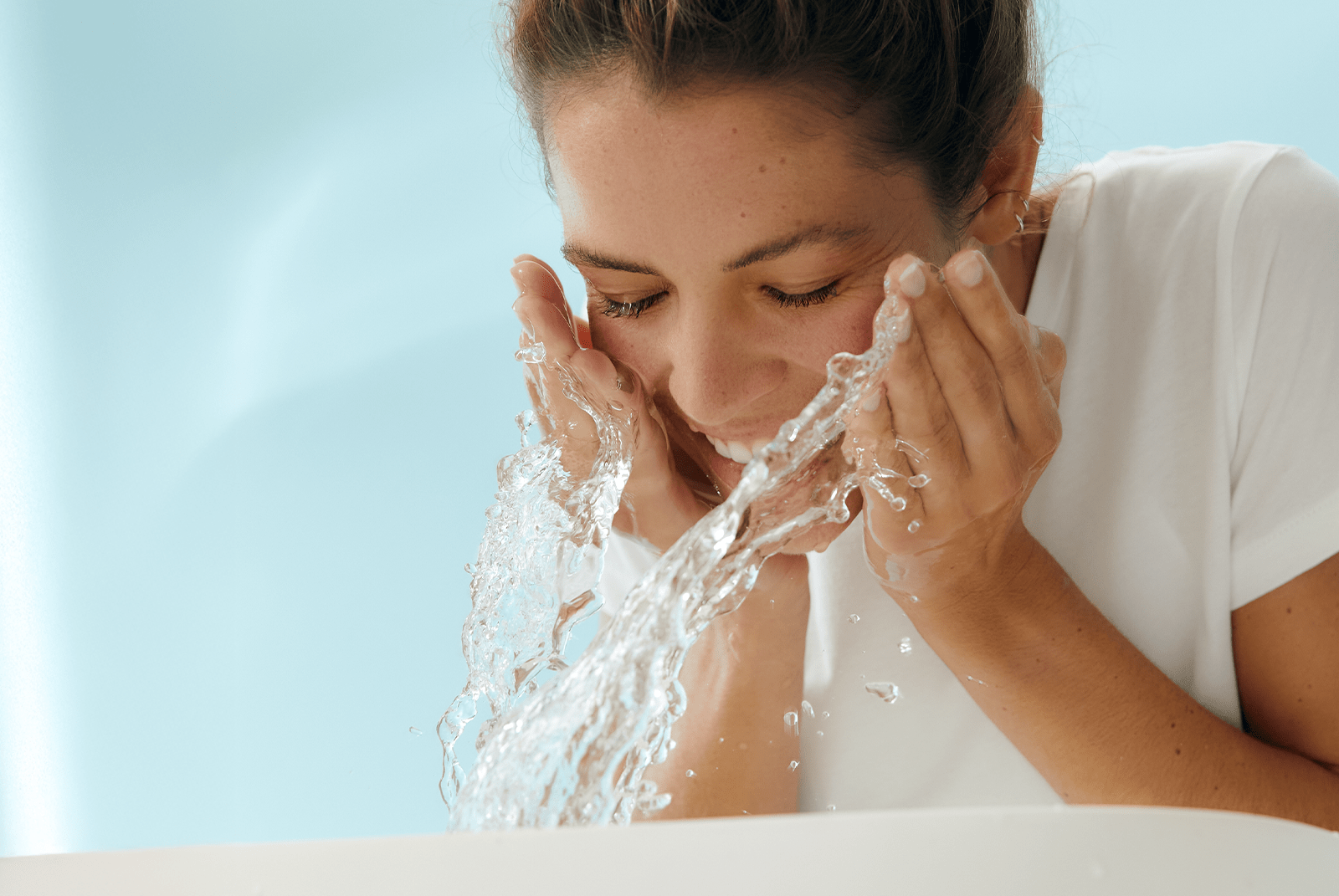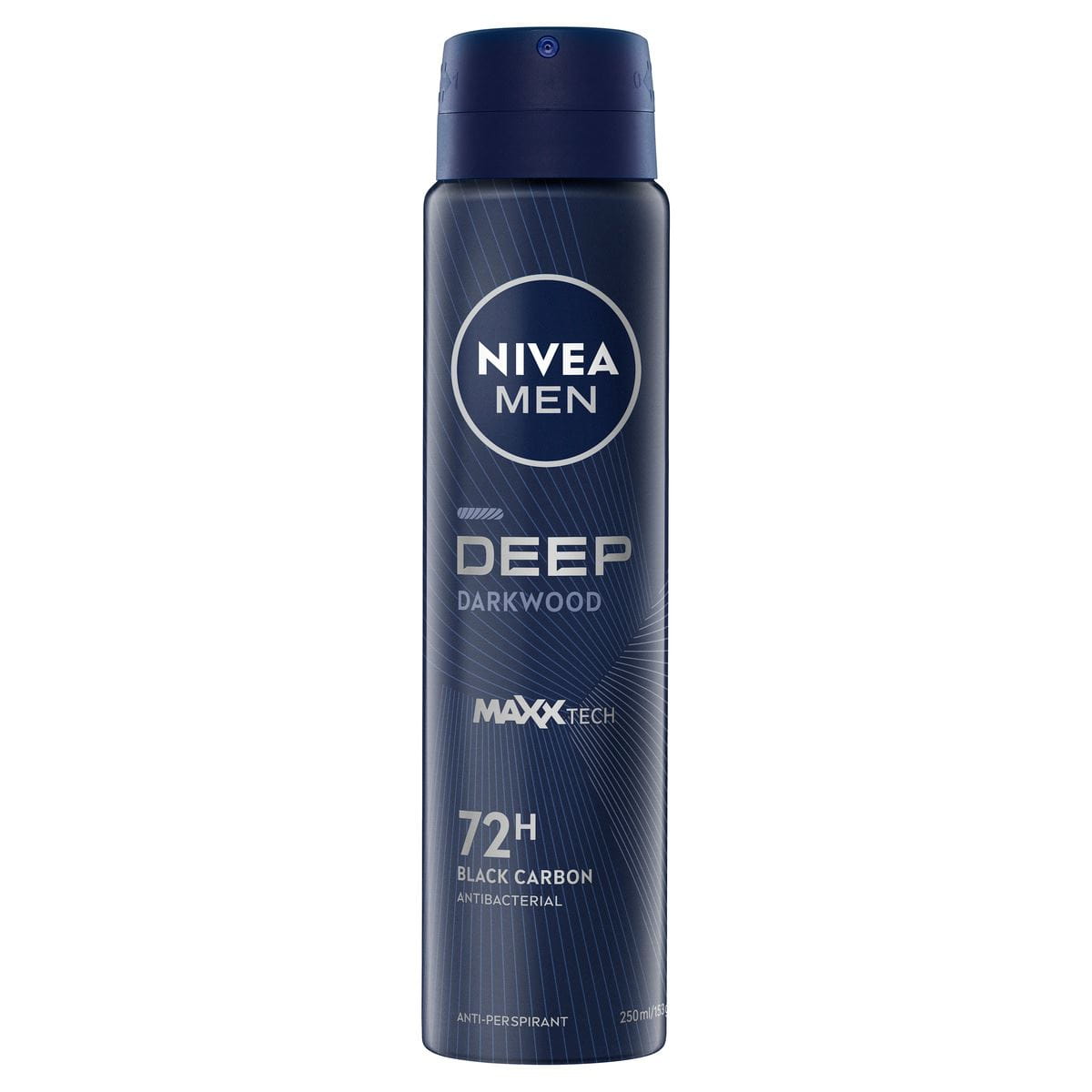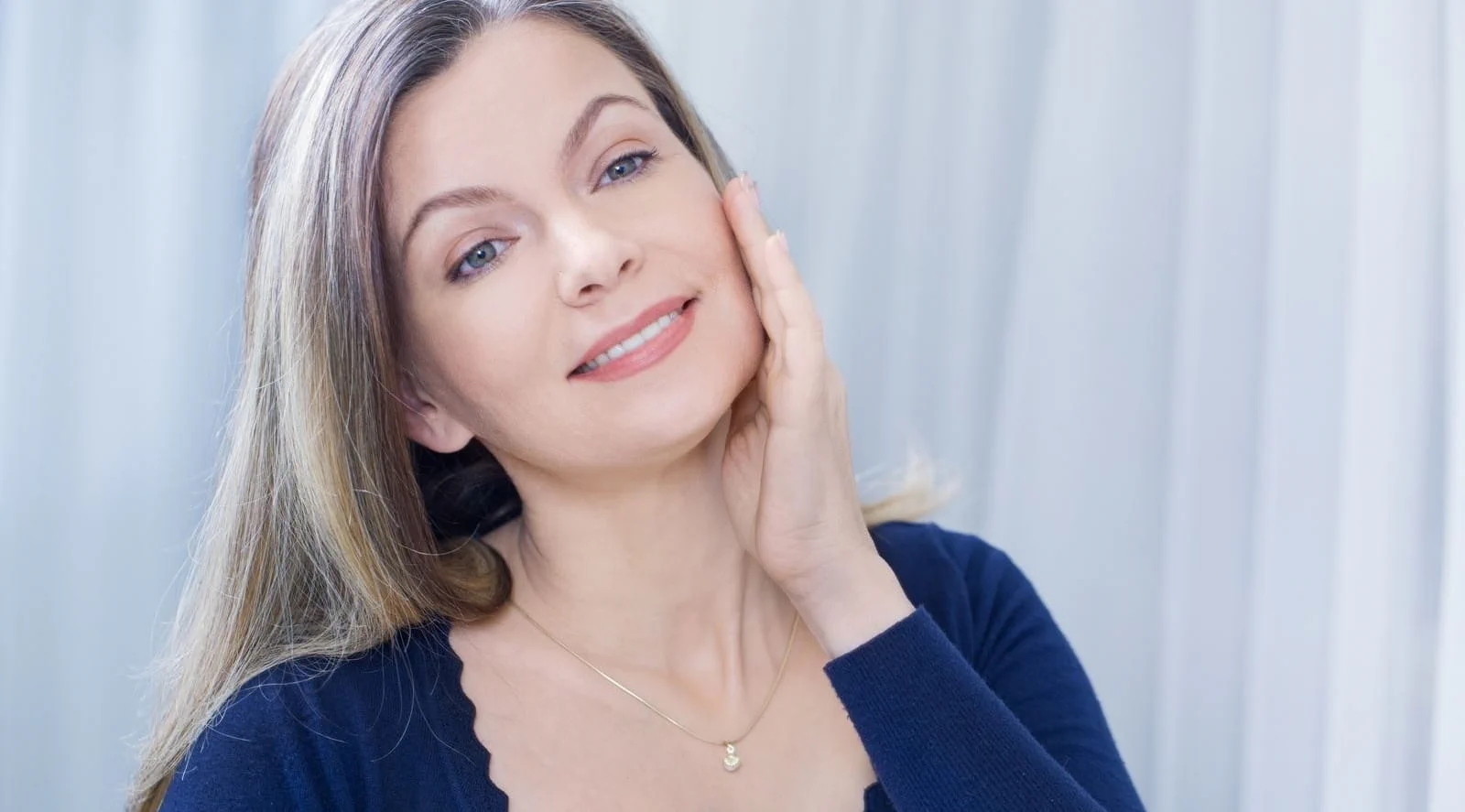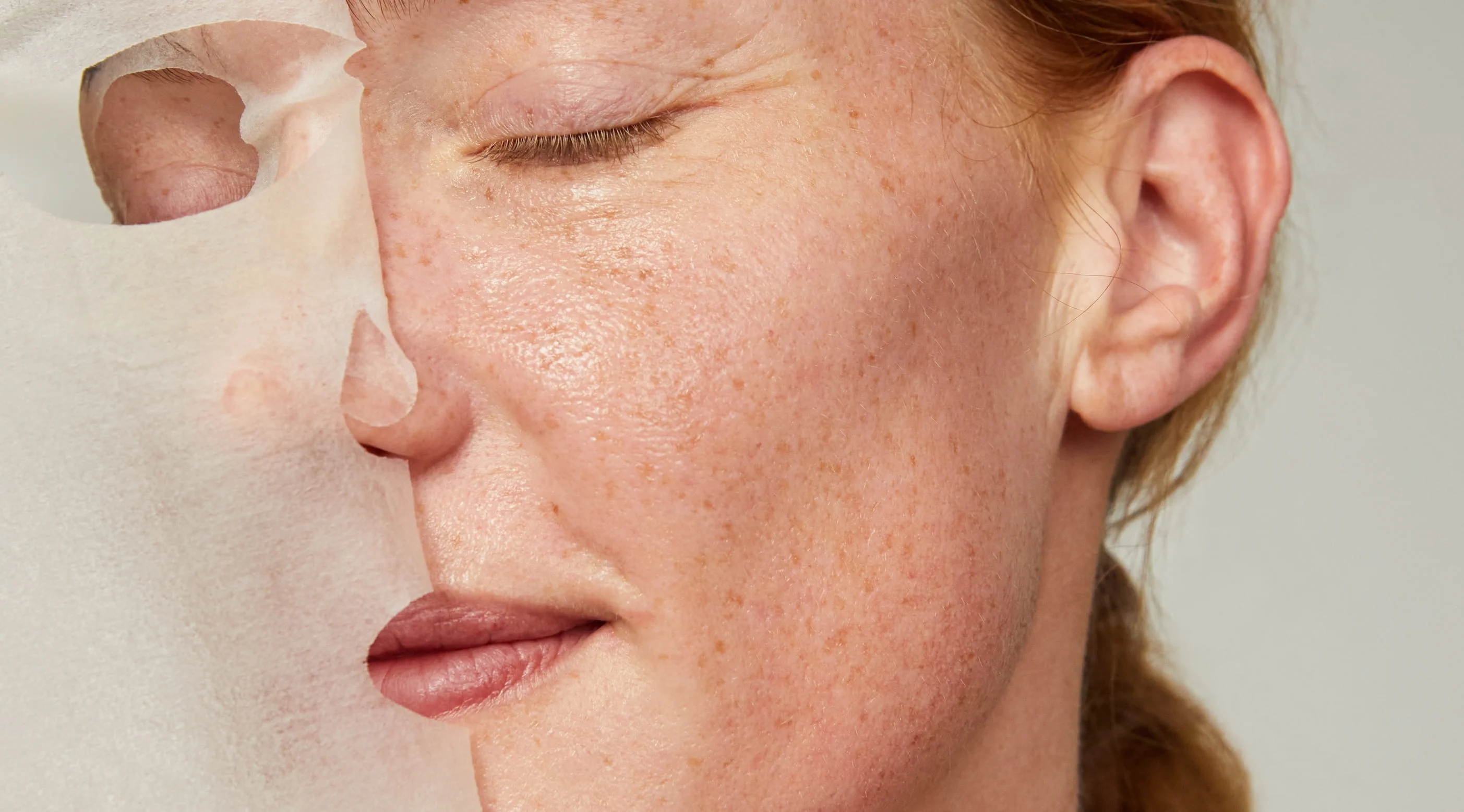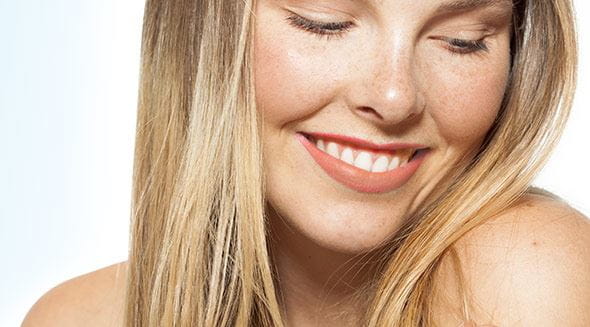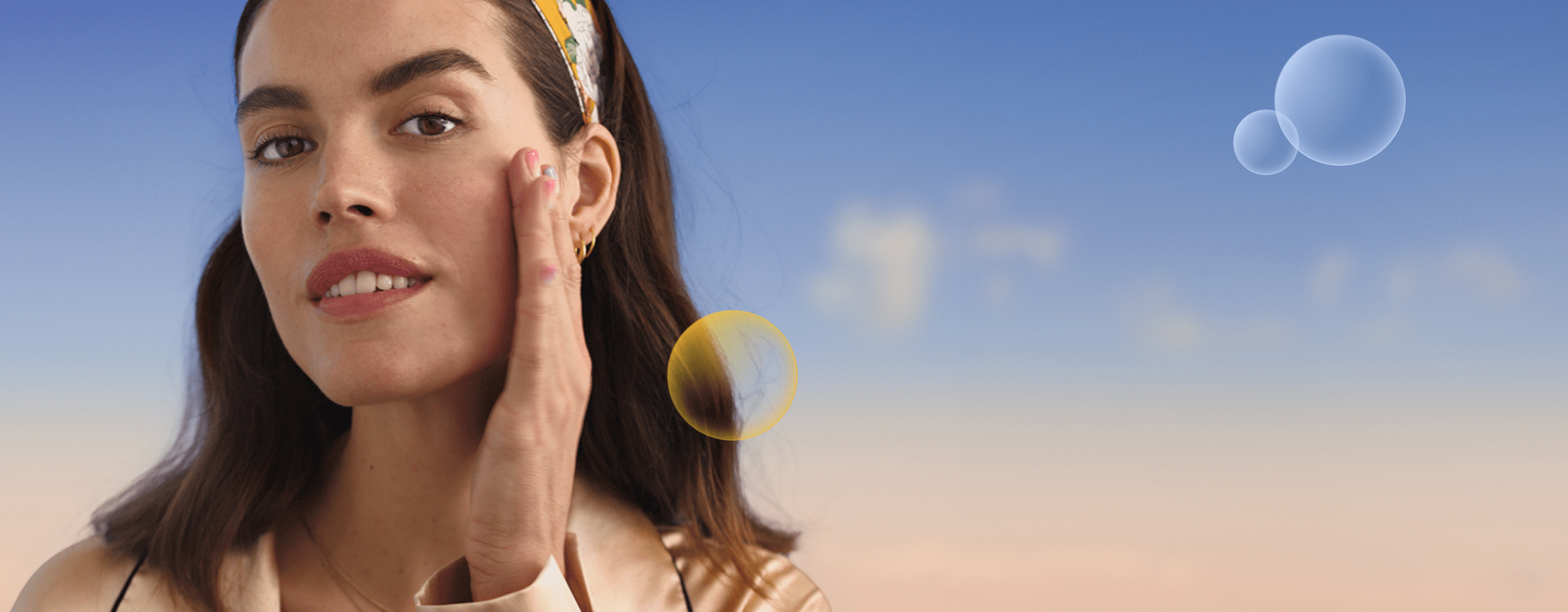
Understanding Blotchy Skin: Causes, Types and Treatment Solutions
Blotchy skin, marked by red spots or uneven patches, is a common concern that can affect confidence. Whether due to environmental factors, allergies, or skin conditions, managing these blotches is possible. With NIVEA, you can work towards a clearer, more even complexion and feel your best every day.
Written by The NIVEA Team
What Is Blotchy Skin?
Blotchy skin is a term commonly used to describe patches of skin that exhibit uneven coloration, often resulting in blotchy red patches on the skin or areas of discoloration. This condition occurs when there are differences in melanin levels, the pigment responsible for the color of our skin. Blotchy skin can manifest in various ways, including red patches, brown spots, or lighter areas, and it can appear anywhere on the body.
This skin concern is quite common and can affect individuals of all ages and skin types, making it a widespread issue that many people experience at some point in their lives. The appearance of blotchy skin can be triggered by a variety of factors, including environmental influences, allergic reactions, hormonal changes, and underlying skin conditions such as eczema or rosacea. Understanding the common triggers and underlying conditions that contribute to blotchy skin is essential for effective management and treatment, allowing you to regain your skin's natural tone and texture.
This skin concern is quite common and can affect individuals of all ages and skin types, making it a widespread issue that many people experience at some point in their lives. The appearance of blotchy skin can be triggered by a variety of factors, including environmental influences, allergic reactions, hormonal changes, and underlying skin conditions such as eczema or rosacea. Understanding the common triggers and underlying conditions that contribute to blotchy skin is essential for effective management and treatment, allowing you to regain your skin's natural tone and texture.
Top 11 Causes of Blotchy Red Skin
How to Treat Blotchy Skin: A Step-by-Step Approach
Treating blotchy skin effectively requires a systematic approach. Here’s a step-by-step guide to help you manage red blotchy spots on your skin:

